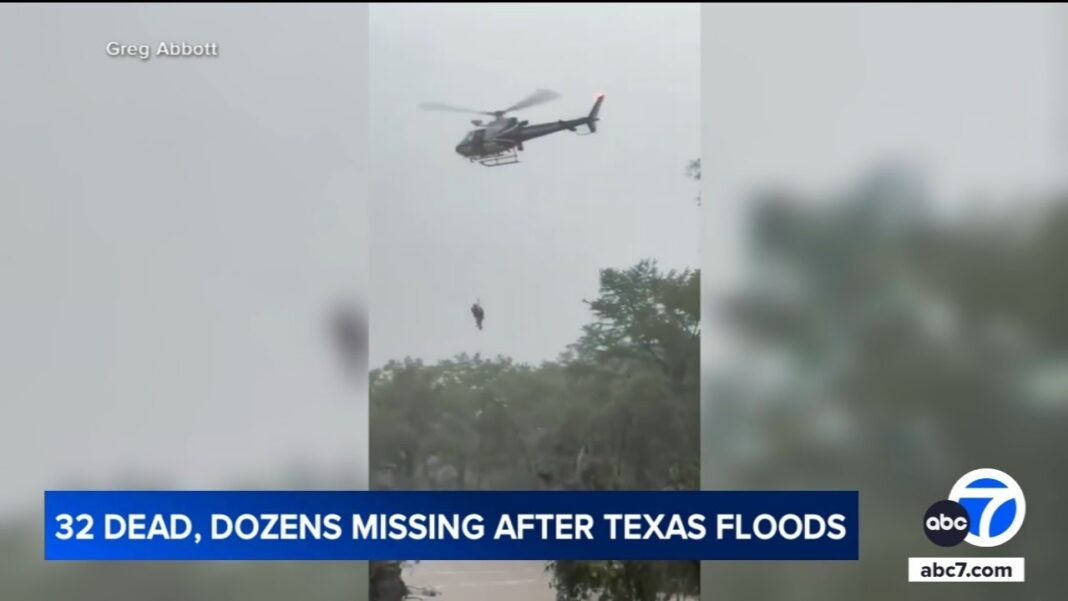The law allocates funds for upgrading telecommunications infrastructure and replacing radar systems.
Airlines for America (A4A), a trade association of leading U.S. airlines, commended President Donald Trump for signing into law the One Big Beautiful Bill Act that contains a $12.5 billion provision to modernize the country’s air traffic control (ATC) systems, the group said in a July 4 statement.
The bill, signed by Trump on Independence Day, sets aside roughly $12.5 billion for “acquisition, construction, sustainment, and improvement of facilities and equipment necessary to improve or maintain aviation safety.”
The amount will be appropriated to the administrator of the Federal Aviation Administration and remain available until Sept. 30, 2029.
The biggest share of these funds, $4.75 billion, goes to modernizing telecommunications infrastructure and upgrading relevant systems; $3 billion for radar systems replacement; $1.9 billion for constructing a new air route traffic control center; and $1 billion for terminal radar approach control facilities.
The law allocates $500 million for purposes such as runway safety technologies, airport surface surveillance technologies, and runway lighting systems.
Funds will also be used for acquiring and installing automated weather observing systems and air traffic controller advanced training technologies.
“Promises made, promises kept. President Trump pledged to the American people he would address our country’s aging air traffic control (ATC) infrastructure. Today, he followed through on his promise by signing $12.5 billion of ATC investment into law,” said A4A President Nicholas E. Calio.
“This initial funding will allow Transportation Secretary Sean Duffy to begin implementing the administration’s plan to overhaul the system with new, modern technology that will make air travel safer and more efficient,” Calio said.
Calio said Trump and Duffy acted quickly to address the modernization of America’s complex ATC system, highlighting that only a few people have had the “gumption” to take on this vast undertaking.
U.S. carriers transport 2.7 million passengers and 61,000 tons of cargo per day, making updates in American airspace “long overdue,” he added.







